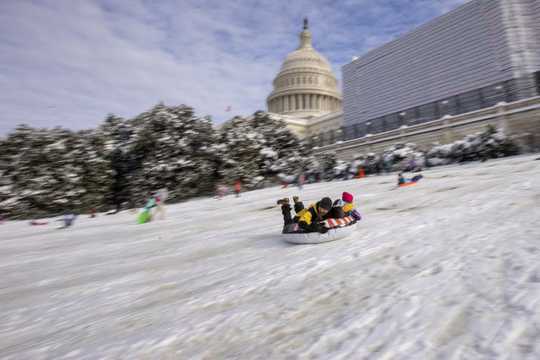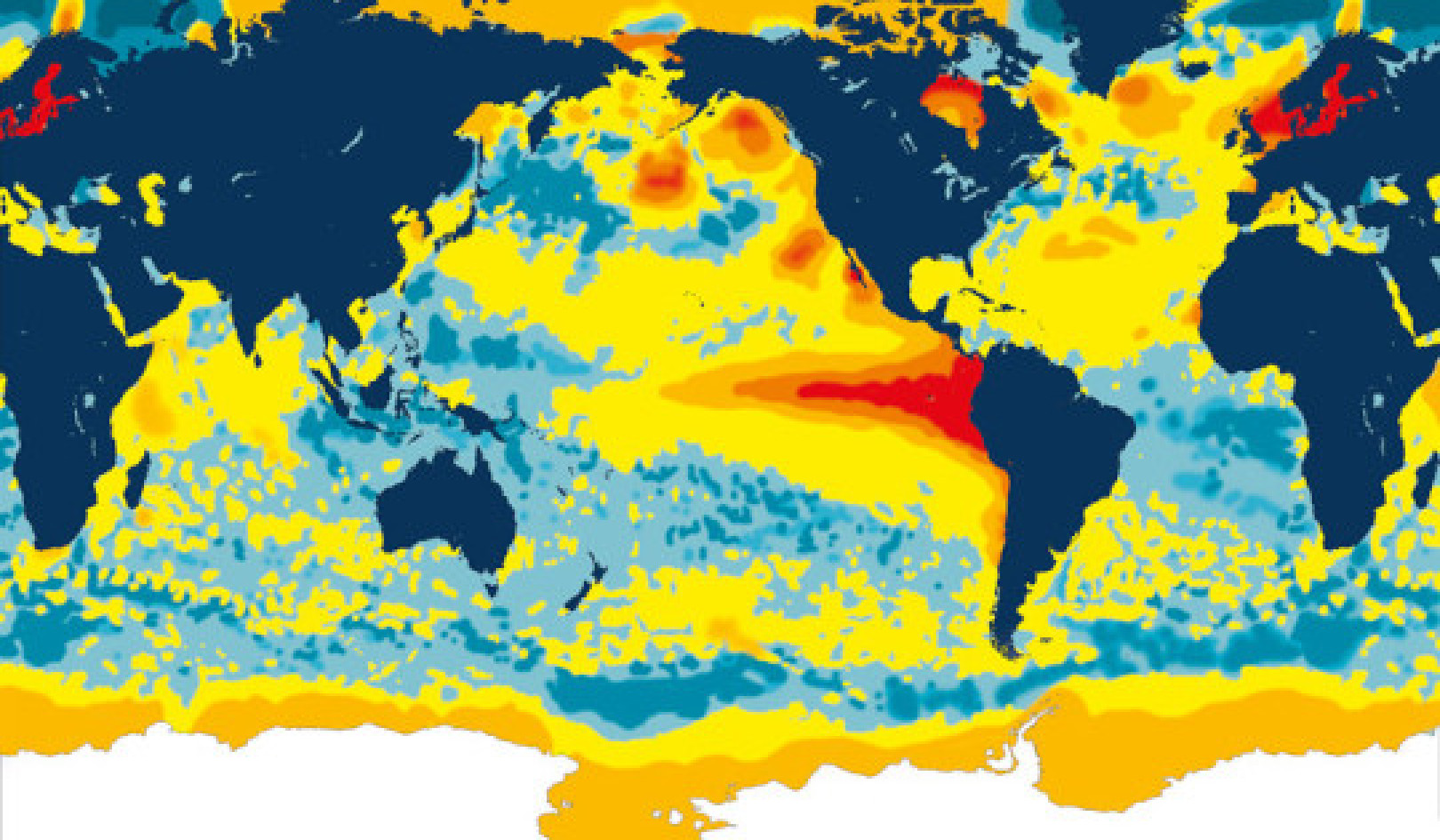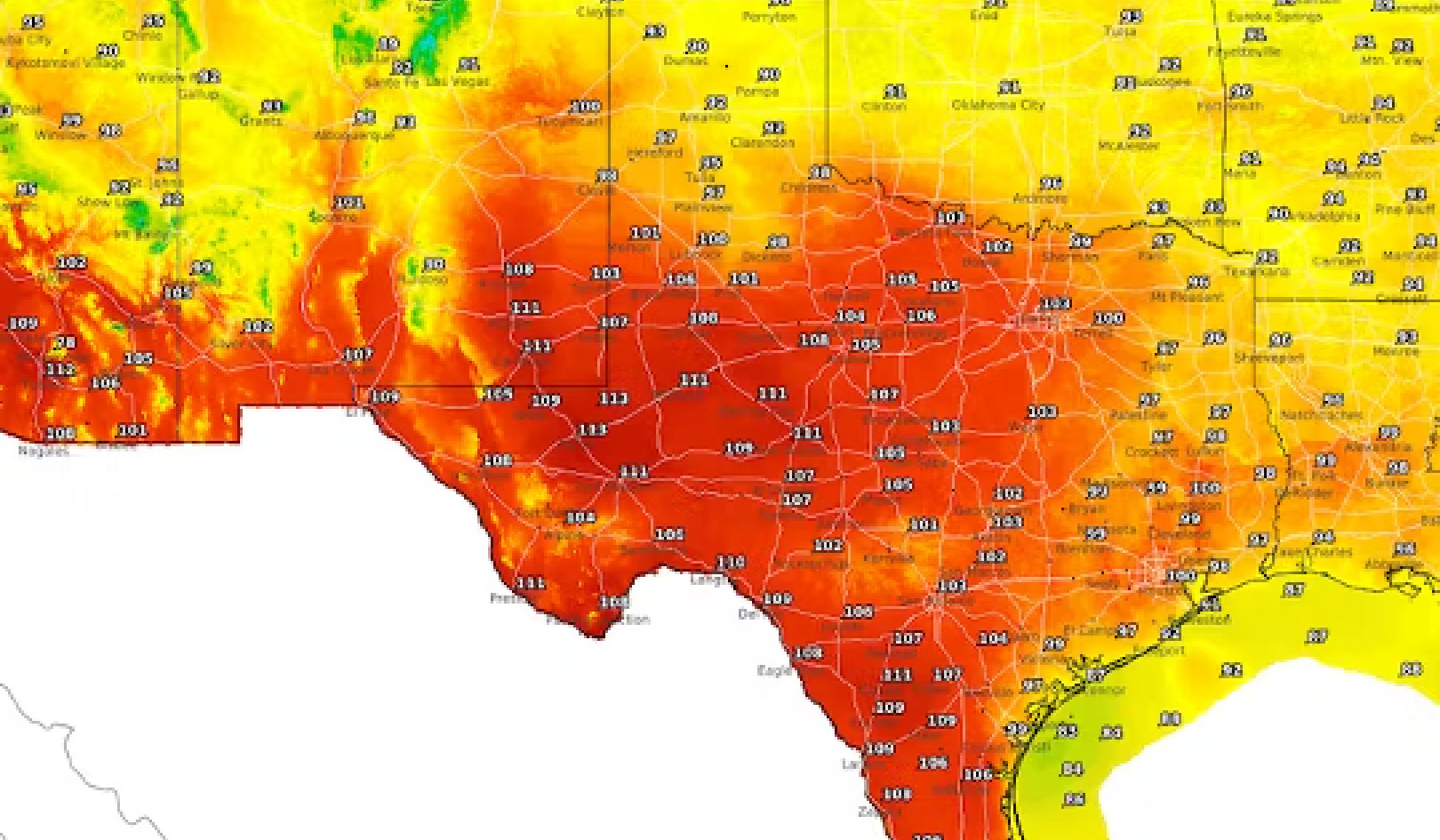
Heavy snow in Washington, DC, is an example of “weather” - not “climate”. ERIK S. LESSER/EPA-EFE
When January 2019 entered its third week, huge swathes of the US were blanketed with snow, and winter storm warnings were in place across several states. US President Donald Trump, who has made it clear that he believes climate change is an overblown hoax, took to Twitter to suggest that “a little of that good old fashioned Global Warming” would be welcome.
Be careful and try staying in your house. Large parts of the Country are suffering from tremendous amounts of snow and near record setting cold. Amazing how big this system is. Wouldn’t be bad to have a little of that good old fashioned Global Warming right now!
— Donald J. Trump (@realDonaldTrump) January 20, 2019
Trump has fallen into the same trap that many people around the world do: conflating “climate” and “weather”. The US’s current snow storms and cold snap are an example of weather - they will persist for a couple of days to a few weeks at maximum, but will eventually stop and make way for clear skies and inevitably a warm summer for much of the US.
This confusion is common. So, what is the difference between “weather” and “climate”?
At a very simple level, “weather” refers to day-to-day conditions of the atmosphere - the maximum temperature, the amount of cloud cover, the speed and direction of wind and any precipitation that might occur. “Climate” describes the average atmospheric conditions over many years - the average annual rainfall, the predominant wind direction, or the season in which rain is likely to occur. The World Meteorological Organisation states that calculating a “climate” record requires a minimum of 30 years of data.
But does that mean the rain, sun, wind, hot days and cold nights over the last 29 years is just “weather”? Not really.
Clothing provides a useful analogy in understanding this.
Your weather wardrobe
Weather, in this analogy, can be considered by the clothes that we choose to wear on a given day. I’m writing from South Africa, where January and February are the peak of summer. At this time of year, South Africans are likely to wear shorts, t-shirts, sundresses, sandals or flip-flops and perhaps a sunhat. We are very unlikely to wear a warm winter coat, boots, a scarf or a beanie today.
However, in South Africa’s wintertime those clothes would be a good choice – paired with warm trousers, a long-sleeved shirt and in mid-July perhaps even some thermals.
If it is a bit cooler tomorrow, with a chance of rain, we may wear closed shoes and a thin jersey. If it is even hotter we may head to the beach or the swimming pool, in which case our clothing choice for the day would involve a swimming costume and towel. So, what we wear changes day-to-day.
Climate, on the other hand, can be understood as the contents of our wardrobe. This consists of a variety of clothing: both that which suits summer weather and those items which are best worn in winter. Our wardrobe, then, represents all the weather conditions one is likely to face throughout the year, for every year that we live in a particular place.
Place is important. The wardrobe of someone living in Johannesburg, South Africa, is very different to the collection of clothes owned by a resident of Helsinki, Finland. South Africans certainly don’t need thermal clothing for sub -20°C temperatures, and Finns have little use for sundresses and shorts (unless, of course, people are heading off on holiday).
The same is true of weather and climate. The conditions experienced at one location necessarily different to those experienced at differing distance to the poles.
Improved understanding
What does this knowledge mean for our understanding of climate projections and climate forecasts?
A forecast is what you will see on the televised weather report each night, or on your phone’s weather app. It will tell you the minimum and maximum temperatures likely to occur, and the chance of rainfall. It will also include any alerts for extreme events likely to occur in the next 24 to 72 hours. The weather forecast is helping you choose what to wear.
Climate projections, whether derived from regional and global climate models or from statistical trend analysis of fluctuations over past decades, tell us about the anticipated climate in the next few decades to 100 years. These are letting us know, well in advance, that we may need to think about changing the contents of our wardrobe. We perhaps should invest in fewer thermals and thick coats, and more sundresses and shorts.
We might need to buy a more hardy umbrella or raincoat for more frequent use, or perhaps a water tank for our backyard depending on where we live. But, we do not need to spend the contents of our most recent salary on a whole new wardrobe and throw out everything we have overnight – just slowly, over years to decades, plan and adapt.![]()
About The Author
Jennifer Fitchett, Senior Lecturer in Physical Geography, University of the Witwatersrand
This article is republished from The Conversation under a Creative Commons license. Read the original article.
Related Books
Climate Change: What Everyone Needs to Know
by Joseph Romm The essential primer on what will be the defining issue of our time, Climate Change: What Everyone Needs to Know® is a clear-eyed overview of the science, conflicts, and implications of our warming planet. From Joseph Romm, Chief Science Advisor for National Geographic's Years of Living Dangerously series and one of Rolling Stone's "100 people who are changing America," Climate Change offers user-friendly, scientifically rigorous answers to the most difficult (and commonly politicized) questions surrounding what climatologist Lonnie Thompson has deemed "a clear and present danger to civilization.". Available On Amazon
The essential primer on what will be the defining issue of our time, Climate Change: What Everyone Needs to Know® is a clear-eyed overview of the science, conflicts, and implications of our warming planet. From Joseph Romm, Chief Science Advisor for National Geographic's Years of Living Dangerously series and one of Rolling Stone's "100 people who are changing America," Climate Change offers user-friendly, scientifically rigorous answers to the most difficult (and commonly politicized) questions surrounding what climatologist Lonnie Thompson has deemed "a clear and present danger to civilization.". Available On Amazon
Climate Change: The Science of Global Warming and Our Energy Future second edition Edition
by Jason Smerdon This second edition of Climate Change is an accessible and comprehensive guide to the science behind global warming. Exquisitely illustrated, the text is geared toward students at a variety of levels. Edmond A. Mathez and Jason E. Smerdon provide a broad, informative introduction to the science that underlies our understanding of the climate system and the effects of human activity on the warming of our planet.Mathez and Smerdon describe the roles that the atmosphere and ocean play in our climate, introduce the concept of radiation balance, and explain climate changes that occurred in the past. They also detail the human activities that influence the climate, such as greenhouse gas and aerosol emissions and deforestation, as well as the effects of natural phenomena. Available On Amazon
This second edition of Climate Change is an accessible and comprehensive guide to the science behind global warming. Exquisitely illustrated, the text is geared toward students at a variety of levels. Edmond A. Mathez and Jason E. Smerdon provide a broad, informative introduction to the science that underlies our understanding of the climate system and the effects of human activity on the warming of our planet.Mathez and Smerdon describe the roles that the atmosphere and ocean play in our climate, introduce the concept of radiation balance, and explain climate changes that occurred in the past. They also detail the human activities that influence the climate, such as greenhouse gas and aerosol emissions and deforestation, as well as the effects of natural phenomena. Available On Amazon
The Science of Climate Change: A Hands-On Course
by Blair Lee, Alina Bachmann The Science of Climate Change: A Hands-On Course uses text and eighteen hands-on activities to explain and teach the science of global warming and climate change, how humans are responsible, and what can be done to slow or stop the rate of global warming and climate change. This book is a complete, comprehensive guide to an essential environmental topic. Subjects covered in this book include: how molecules transfer energy from the sun to warm the atmosphere, greenhouse gases, the greenhouse effect, global warming, the Industrial Revolution, the combustion reaction, feedback loops, the relationship between weather and climate, climate change, carbon sinks, extinction, carbon footprint, recycling, and alternative energy. Available On Amazon
The Science of Climate Change: A Hands-On Course uses text and eighteen hands-on activities to explain and teach the science of global warming and climate change, how humans are responsible, and what can be done to slow or stop the rate of global warming and climate change. This book is a complete, comprehensive guide to an essential environmental topic. Subjects covered in this book include: how molecules transfer energy from the sun to warm the atmosphere, greenhouse gases, the greenhouse effect, global warming, the Industrial Revolution, the combustion reaction, feedback loops, the relationship between weather and climate, climate change, carbon sinks, extinction, carbon footprint, recycling, and alternative energy. Available On Amazon
From The Publisher:
Purchases on Amazon go to defray the cost of bringing you InnerSelf.comelf.com, MightyNatural.com, and ClimateImpactNews.com at no cost and without advertisers that track your browsing habits. Even if you click on a link but don't buy these selected products, anything else you buy in that same visit on Amazon pays us a small commission. There is no additional cost to you, so please contribute to the effort. You can also use this link to use to Amazon at any time so you can help support our efforts.

























